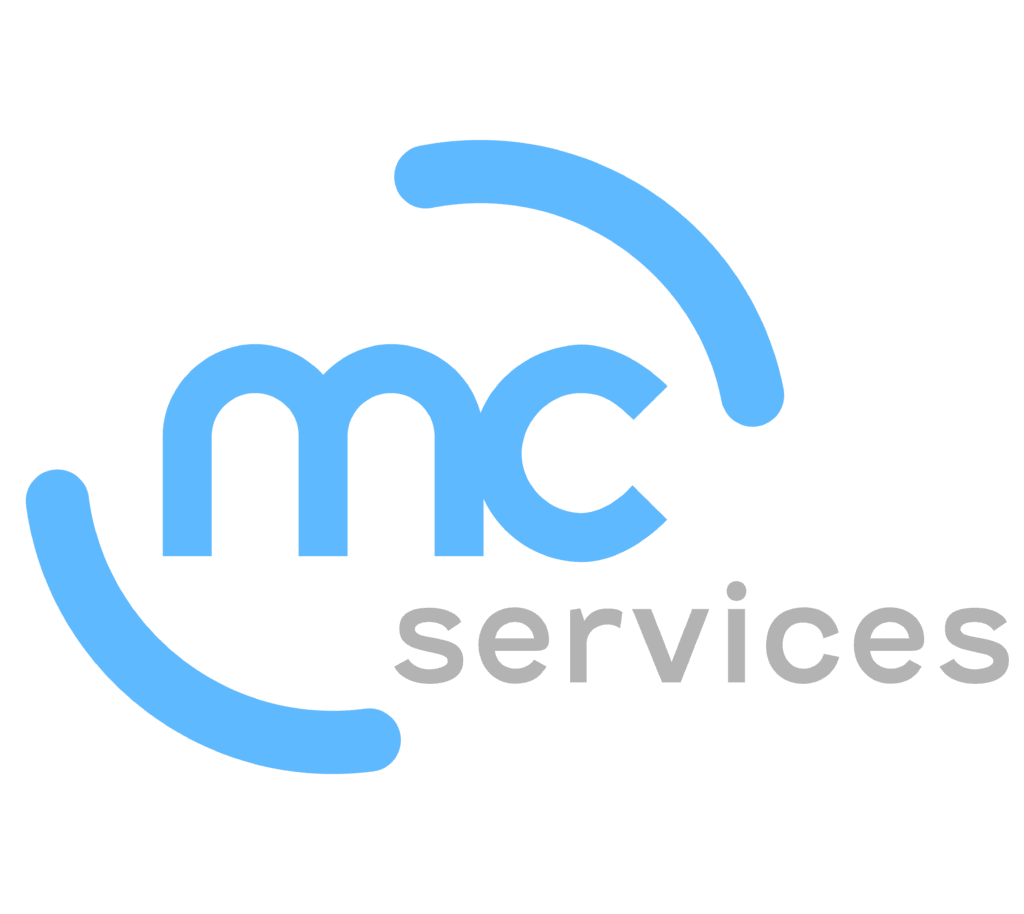Although users are still passionate in the Mac vs. PC debate, today’s popular apps exist on both platforms—and alternatives can be found in nearly every app category when needed. Plus, many apps can run on the web in any browser.
But more people use Windows-based PCs than Macs. And for old or unusual apps, or when software is required for specific hardware peripherals, sometimes the only available option is a Windows app. If you are a Mac user who needs to occasionally run Windows software, you have a few potential options.
Use Boot Camp on an Intel-based Mac
The cheapest approach to running Windows software on a Mac is to use Apple’s free Boot Camp. Its main advantage over virtualization software (discussed next) is that it doesn’t share resources with macOS, thus providing the best performance for Windows apps. Additionally, Boot Camp supports apps (primarily games) that will not run on virtual machines.
But Boot Camp has several limitations compared to virtualization software:
- Boot Camp is not available for M-series Macs; it only works on Intel-based Macs.
- You must choose between macOS and Windows every time you turn on or restart your Mac; you cannot run both macOS and Windows side-by-side.
- Boot Camp creates its own partition on your drive, and the partition cannot be resized later—so you must estimate how much space you need and leave enough for future expansion.
- Installing Windows 11 is involved and cannot be accomplished on a Mac with a Touch Bar.
Because Intel-based Macs are being phased out, the Boot Camp approach is recommended mostly when you have an extra Intel-based Mac that can be dedicated to your Windows task.
Use Virtualization Software on an Intel-based Mac
Shortly after Apple switched Macs from PowerPC processors to Intel chips in 2006, virtualization apps became available—notably Parallels Desktop, VMware Fusion, and VirtualBox. Windows runs natively on Intel chips, so virtualization software can create a virtual machine (VM) on which Windows runs, just as though it were running on a physical PC. Significant advantages of virtualization software include:
- Windows apps run alongside Mac apps—switch back and forth with a click.
- The disk image on which Windows is installed can be resized as necessary.
- Data is moved from macOS to Windows by copying-and-pasting or by dragging files. Plus, specified shared folders allow content to be accessible to both macOS and Windows.
- Users can install different versions of Windows (or other Intel-compatible operating systems) and maintain multiple virtual machines for testing.
Due to sharing CPU and RAM resources with macOS, the main drawback of virtualization software is subpar performance when compared to that of Boot Camp. Additionally, the apps may have costs associated with them and can be complicated. The latter is especially true for VirtualBox, which, while free, is also not yet compatible with macOS 13 Ventura.
All said, Parallels Desktop (starting at $99.99) and VMware Fusion (starting at $149.99; free for personal use) provide the best user experience for most Windows needs if you have an Intel-based Mac.
Use Parallels Desktop on an M-series Mac
With the 2020 introduction of Macs based on Apple silicon, virtualization software could no longer pass software commands down to an Intel chip. Instead, a new virtualization engine now leverages the M-series chips’ hardware-assisted virtualization to run Arm-based virtual machines. (Apple’s M-series chips are based on the Arm architecture, which differs from Intel chips’ x86 architecture.)
So while the latest versions of Parallels Desktop and VMware Fusion can run on M-series Macs, users can only install Arm-based operating systems, not Intel-based operating systems. Thankfully, Microsoft makes Windows 11 on Arm, which is a full-fledged version of Windows that can run most Windows apps, even those designed for Intel chips.
In early 2023, Microsoft announced its official support for Windows 11 on M-series Macs, when run in Parallels Desktop. VMware Fusion can run Windows 11 only on Arm Insider Preview, a beta version with a challenging installation. Thus, stick with Parallels Desktop for an experience that is significantly easier and officially supported.
Use a Windows 365 Cloud PC
While virtualization enables you to run Windows on a Mac, it also facilitates running Windows in the cloud. Microsoft’s Windows 365 service lets you stream Windows to any device with a Web browser. This concept is compelling—but its price is about four times the cost of Parallels Desktop: the cheapest plan costs $31 per user per month, for a virtual PC with two CPUs, 4GB of RAM, and 128GB of storage.
Buy a Cheap PC
Although the entire point of running Windows on a Mac is that you do not have to purchase a PC, there are situations in which it makes more sense to buy an inexpensive PC than to fuss with virtualizing Windows on a Mac. For example, if multiple people in your office need access to an essential Windows app, or if a hardware device can only be controlled from a PC, a dedicated PC can be the right solution. Contact us if you decide to pursue this option and are in need of configuration or buying advice.
(Featured image based on originals by iStock.com/manaemedia)
